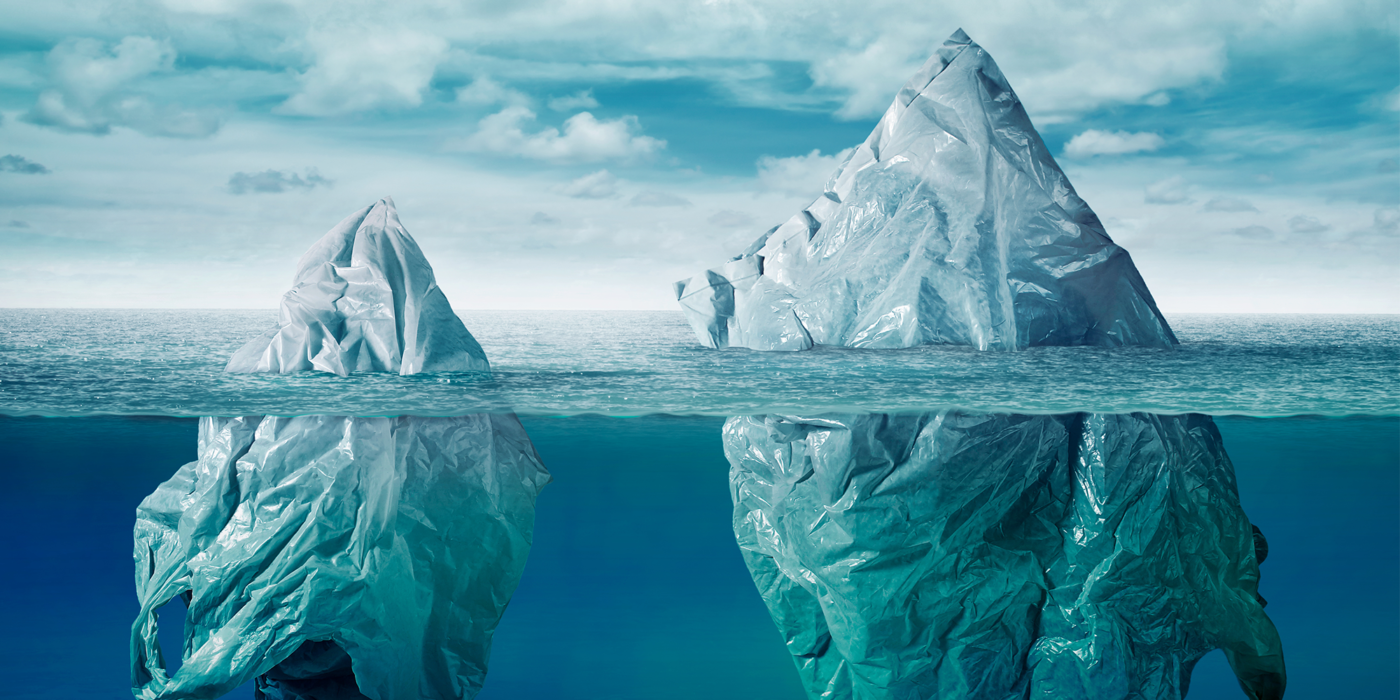The world’s oceans are vibrant, interconnected systems, with massive currents that flow around each other in large vortices known as gyres. There are five major ocean gyres in the world: North and South Atlantic Gyres, North and South Pacific Gyres, and the Indian Ocean Gyre. Plastic garbage in the ocean migrates into the middle of these gyres. The popular imagination is of slowly spiraling circular islands of plastic trash. But the truth is more insidious. The plastics in the ocean are not a visible pile on the water. Its pieces are now often microscopic, lacing our life-giving waters with invisible, toxic plastic soup.
Marcus Eriksen, a scientist and Gulf War veteran, strapped 15,000 plastic water bottles to a Cessna aircraft cabin and set himself adrift on the resulting raft for three months to raise awareness of the problem. This was the beginning of the 5 Gyres Institute, which he co-founded with his wife Anna Cummins.
The Problem of Invisible Plastics in the Ocean
Parvati Magazine: You’ve talked about how plastic breaks down and enters our food system. Given its relative invisibility, how did you realize the problem’s magnitude?
Marcus Eriksen: 15 years ago, we studied particles down to 1/3 mm. They were everywhere we looked. Now, there’s lots of research looking at smaller particles down to only a few microns. While it’s difficult to identify particles that size, we find them everywhere, including in sea ice at the poles, in inland lake waters, even in air. The most ubiquitous form of small plastic or microfibers are likely coming from textiles [which shed them into wastewater during the laundering process].
Parvati Magazine: You made an engagement ring for Anna from plastic pollution – very symbolic of a lifelong commitment to this cause. How did this come about?
Marcus Eriksen: Within six months of meeting Anna, I knew she was the one. On Valentine’s Day 2008, in the middle of the North Pacific Gyre, I found some fishing net material floating on the ocean surface. I scooped it up and cut a piece to make a ring. That afternoon, I found Anna sleeping on a pile of sails. I took a deep breath and climbed next to her to ask her to marry me. She said yes.
Parvati Magazine: What are the most effective ways to fight plastic pollution – legislation, prevention, or ocean cleanup?
Marcus Eriksen: It depends on what you mean by plastic pollution. Are you talking about fishing gear, single-use plastics, durable goods, sanitary materials, plastic pellets, textiles, tire dust, e-waste? Each application of plastic uses different polymers in different ways, and each gets into the environment differently with different harm and different solutions.
Public Awareness of Plastic Pollution
Parvati Magazine: How has public awareness of plastic pollution evolved?
Marcus Eriksen: In the 1970s, industries that made plastic launched advertising campaigns, like “give a hoot, don’t pollute.” These campaigns put responsibility on consumers by telling them that people cause pollution and people should recycle, while deflecting any criticism of how plastic is used. Industry was able to dominate the public narrative and influence public opinion.
Today, that’s completely changed. Through social media and large coalitions like “Plastic Pollution Coalition” and “Break Free from Plastic,” the narrative largely belongs to environmental and social justice NGOs. The message now is that we must hold industry accountable for the lifecycle of the plastic they make, for how much they make, and for the kinds of products and packaging they produce.
Parvati Magazine: How do young people’s attitudes about pollution today differ from those of previous generations?
Marcus Eriksen: Children born in this century are demanding solutions from people born in the last century. We’re up against real challenges like overpopulation, resource scarcity, and pollution that push planetary boundaries. I’m seeing lots of optimism among kids today, and at the same time anger and frustration with archaic systems that are still causing harm.
Parvati Magazine: How quickly can we solve the plastic pollution problem and what do we do to get there?
Marcus Eriksen: We must stop the flow of plastic from land to sea, or from fishing vessels to sea. Preventative strategies work in every sector, from textiles to single-use plastics to pellets to durable goods.
Marcus Eriksen is the Director of Research and co-founder of the 5 Gyres Institute, studying the impact of plastic in the world’s oceans. 5 Gyres is committed to ending plastic pollution and advancing innovative materials, products and packaging, and systems to deliver goods, that do not have a legacy of waste.












